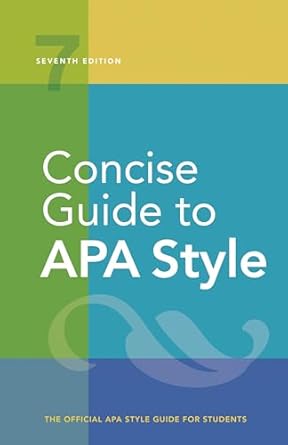[toc]
effective table headings a guide for academic writing
Concise Guide to APA Style: 7th Edition (OFFICIAL)
Page 162 Review
Understanding Table Headings in Academic Writing
Tables are crucial for presenting data concisely in academic writing.
This analysis focuses on the proper construction of table headings, drawing extensively from established guidelines.
The goal is to provide a clear understanding of how to create effective and informative tables.
The Importance of Clear Table Headings
The excerpt emphasizes the critical role of headings in table construction.
According to the text, “Headings establish the organization of information in the table and identify what is in each column.
Column headings describe the entries below them.” This highlights the primary function of headings: to provide clarity and structure to the data presented.
Without clear headings, the information within the table becomes difficult to interpret.
Conciseness and Clarity
The passage stresses the importance of brevity in table headings: “Table headings should be brief; if possible, each heading should be not much wider than the information in the column below it.” This recommendation underscores the need for concise and direct language in conveying the content of each column.
Long, convoluted headings can obscure the information and hinder comprehension.
The Stub Column: A Key Component
The text dedicates significant attention to the “stub column,” defining it as “the leftmost column of the table.” The stub column typically lists the major independent or predictor variables.
The excerpt explains, “For the stub column, the heading ‘Variable’ is often used when no other heading is suitable.” This offers guidance on labeling the stub column when a more specific descriptor is not available.
The example provided is grades, which illustrates what kind of data usually resides in the stub column.
Parallel Construction in the Stub Column
The excerpt advocates for consistency in the presentation of entries within the stub column. “Write the entries in the stub column in parallel form.” This instruction emphasizes the need for a uniform style and structure within the stub column to enhance readability and facilitate comparison.
Parallel construction contributes to the overall clarity and coherence of the table.
Indentation for Subordination
When showing hierarchical relationships within the stub column, the excerpt suggests using indentation: “To show subordination within the stub column, use indentation rather than creating an additional column.” This technique allows for the efficient representation of nested categories without cluttering the table with unnecessary columns.
The example provided is marital status with Single, Married/Partnered indented under it.
Column Spanners and Decked Heads
The excerpt introduces the concepts of “column spanners” and “decked heads” as techniques for avoiding repetition and organizing complex tables. “A column heading applies to just one column; a column spanner is a heading that covers two or more columns, each with its own column heading.
Headings stacked in this way are called decked heads.” These methods allow for the efficient use of space and the grouping of related columns under a common heading.
Table Spanners for Further Division
The text also describes “table spanners,” which are headings that span the entire width of the table. “More complex tables may require table spanners, which are headings within the body of the table that cover the entire width of the table, allowing for further divisions within the table when the column headings remain the same.” This allows for the creation of subsections within a table while still keeping the column headings at the top.
Consistency Within Columns
The excerpt emphasizes the importance of consistency within each column: “Any item within a column should be syntactically as well as conceptually comparable with the other items in that column, and all items should be described by the column heading.” This ensures that all entries within a given column are of the same type and are accurately represented by the column heading.
For example, a column representing “%” should contain only percentages.
Conclusion
In summary, the excerpt provides detailed guidelines for creating effective table headings in academic writing.
By adhering to these principles of clarity, conciseness, consistency, and proper organization, writers can ensure that their tables are easily understood and effectively communicate the intended information.
Proper table construction enhances the credibility and impact of the research presented.
Buy full ebook for only $18: https://www.lulu.com/shop/american-psychological-association/concise-guide-to-apa-style-7th-edition-official/ebook/product-rmzpq54.html?page=1&pageSize=4
Effective Table Headings A Guide For Academic Writing
Read more: In-Text Citation Guide: Mastering Academic Referencing


Leave a Reply